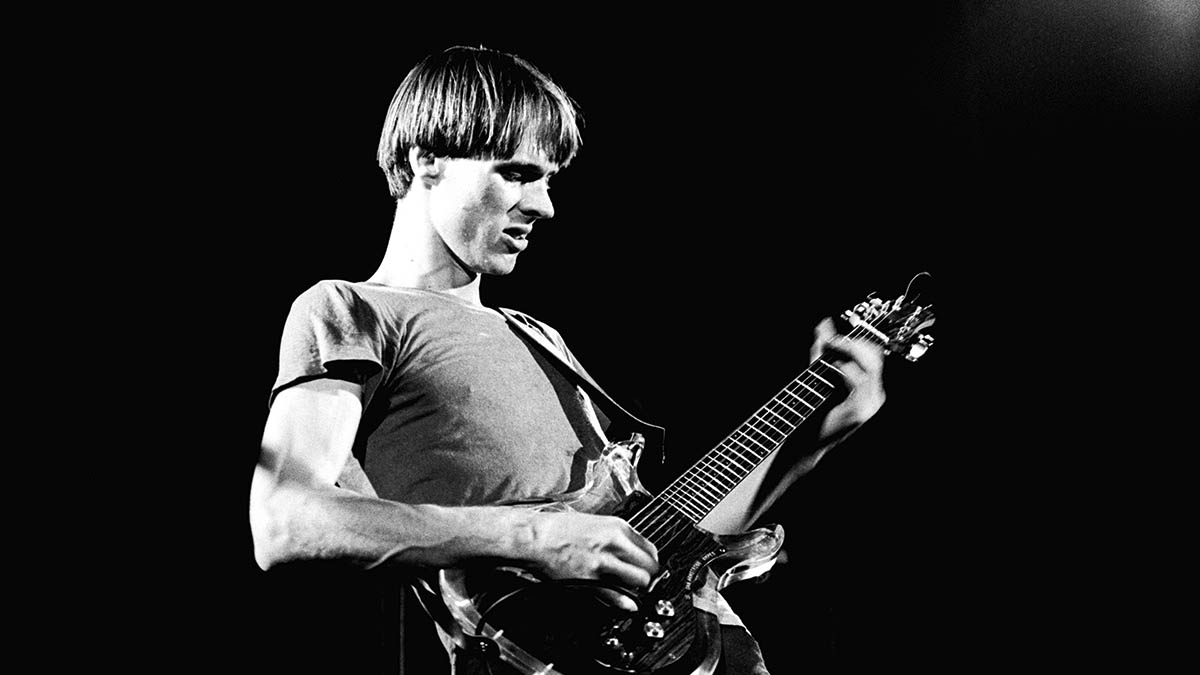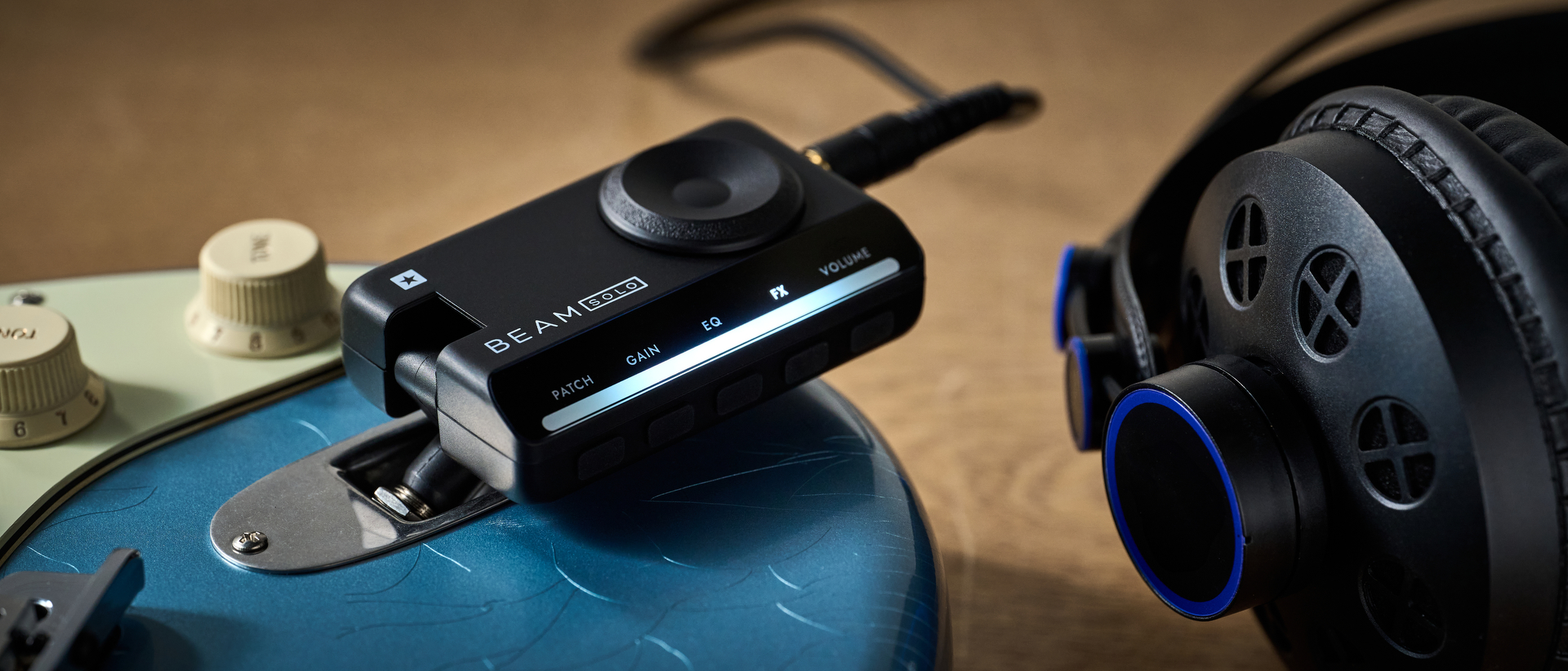Tom Verlaine influenced generations of alt-rock guitar greats – find out why they worshipped his playing with this lesson in his idiosyncratic style
The recently departed Tom Verlaine was one of the most important of the alt-rock and new wave players who brought an expansive and musically audacious approach to punk

Television guitarist Tom Verlaine is one of the musical legends that we lost in early 2023, and although he was not a household name like some of his contemporaries, his influence on the music scene and later artists was considerable.
Verlaine’s style of writing and performing helped to pioneer the new wave and alternative rock scene in the 1970s. He had moved to New York City in the early 1970s with the dream of making his living as a poet, but ended up forming the band Television, alongside its most established line-up of guitarist Richard Lloyd, drummer Billy Ficca and bass player Fred Smith.
The band gained a cult following playing at legendary venues such as CBGBs, and their status as pioneers of the ’70s music scene was established with the release of their debut album Marquee Moon.
The album has since been hailed as one of the most important releases of the punk era, solidifying Television as a band who not only bore the attitude to be authentic, but also had the songs and the musicianship (Tom’s solo on the title track is over 100 bars long!); many of the numbers featured lengthier musical excursions than those of their peers, whose songs were usually short, sharp outbursts.
After two further albums, which gained critical acclaim but less commercial success, Television went on a long hiatus, returning in the early 1990s, largely trading on their 1970s success.
Verlaine sadly died in January 2023 at the age of 73, after a lengthy battle with cancer. Among many other musicians with whom he collaborated was former Smashing Pumpkins guitarist James Iha; he was also in discussion with Jeff Buckley with a view to working with him, prior to Buckley’s own untimely death in 1997.
Tom Verlaine’s guitar style owed a lot to his early influences such as The Velvet Underground and The Doors, and he blended melodic lead phrases and solos along with aggressive, staccato punk-style rhythm guitar parts. The influence of his playing, singing and composing can be heard in more recent bands, such as The Killers.
All the latest guitar news, interviews, lessons, reviews, deals and more, direct to your inbox!
Our lesson is in the key of E minor (E natural minor: E-F#-G-A-B-C-D), and other than one C# note in the solo that hints at the E Dorian mode (E-F#-G-A-B-C#-D), there are no other notes outside of the E minor key and scale.
It is built around single notes that punctuate the chords, and diatonic harmony guitar parts using the major or minor 3rd. For example, the chords in bars 9-16 and 21-28 all have two notes played each time over the Em, C, D and G chords, outlining a harmony in 3rds.
The solo uses the E minor scale except for the aforementioned C# note in the final section, which is a major 6th interval over an E minor chord resulting in an E Dorian-based sound. Enjoy!
Get the tone
Amp Settings: Gain 6, Bass 5, Middle 7, Treble 7, Reverb 3
Verlaine was a fan of Fender’s Jazzmaster, Jaguar and Stratocaster. Aim for a bright but thick tone, which is characteristic in particular of the Jazzmaster’s larger single-coil pickups. Amps were often Vox AC30 and Fender, so it’s a classic ‘guitar amp pushed into overdrive’ tone we’re striving for. Verlaine’s tone was not overly effected, so a little reverb should suffice.
Television guitar lesson: Rhythm
The parts here aren’t difficult to play as it’s more about the composition and arrangement, but be aware of timing and accuracy throughout. There is slight palm muting in the E minor riff that begins the track, and then returns at other points as well. The low E note is the main one to mute slightly to improve clarity.
Television guitar lesson: Solo
This solo is quite simple but watch out for the legato pull-offs and aim for quickish (even slightly frantic) ‘indie’ style vibrato, if possible.


